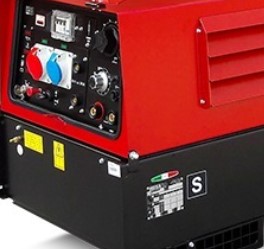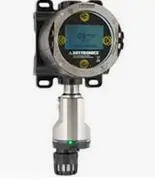
The Martin Decker Tong Torque Gauge Line Pull systems, including models H-6A and H6D-31, are designed to measure the torque applied by tongs during drilling operations. Here are some details:
Tong Torque Gauge Line Pull Type H-6A (Part No. H6A-31):
Measures the make-up and break-out torque in pounds of line pull.
Typically used with manual tongs.
Features a 6-inch fluid-filled gauge for easy reading1.
Tong Torque Gauge Line Pull Type H6D-31:
Similar to the H-6A model, designed for specific applications requiring precise torque measurements2.
Martin Decker Pressure Gauge (Part No. GA112-40):
Used in conjunction with the torque gauge systems to provide accurate pressure readings
Preparation:
Ensure the gauge and all related equipment are clean and in good working condition.
Gather necessary tools, including calibration weights, a calibration stand, and any required documentation.
Setup:
Mount the tong torque gauge securely on a calibration stand.
Connect the gauge to a known calibration weight or a certified torque calibration device.
Zeroing the Gauge:
Ensure the gauge reads zero when no load is applied. If it does not, adjust the zero setting according to the manufacturer’s instructions.
Applying Known Loads:
Apply a series of known weights or torque values to the gauge. Start with the lowest value and gradually increase to the maximum capacity of the gauge.
Record the readings at each step to compare with the known values.
Adjusting the Gauge:
If the readings do not match the known values, adjust the calibration settings on the gauge. This may involve turning calibration screws or using software adjustments, depending on the model.
Verification:
After adjustments, reapply the known weights or torque values to verify the accuracy of the gauge.
Ensure the readings are within the acceptable tolerance range specified by the manufacturer.
Documentation:
Record all calibration data, including the date, calibration weights, and any adjustments made.
Provide a calibration certificate if required for compliance purposes.
Regular Maintenance:
Schedule regular calibration checks to maintain accuracy over time. The frequency of calibration depends on usage and manufacturer recommendations.




